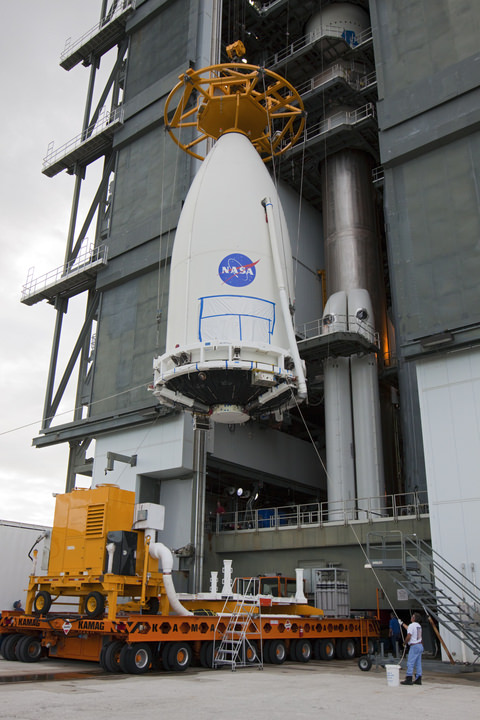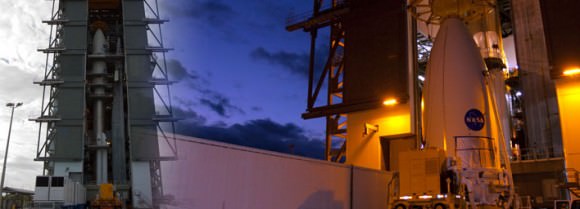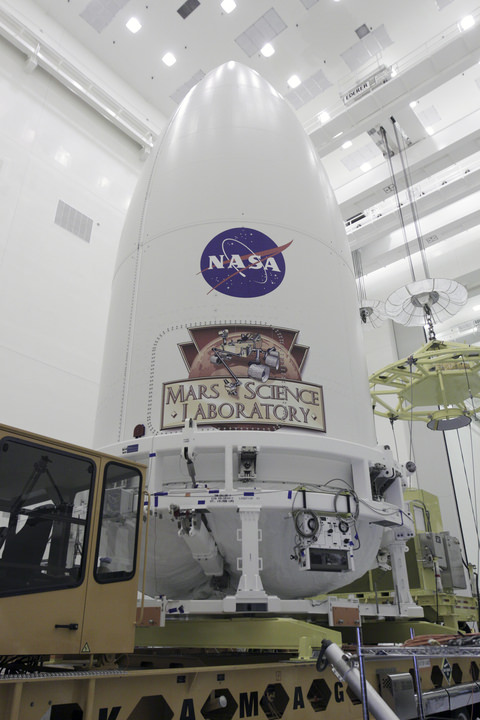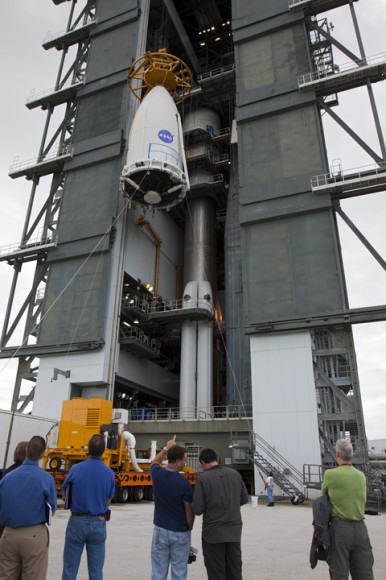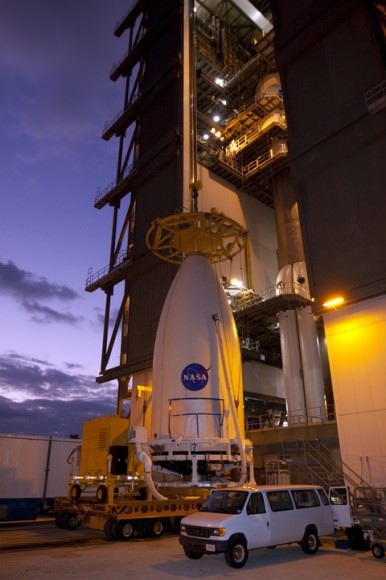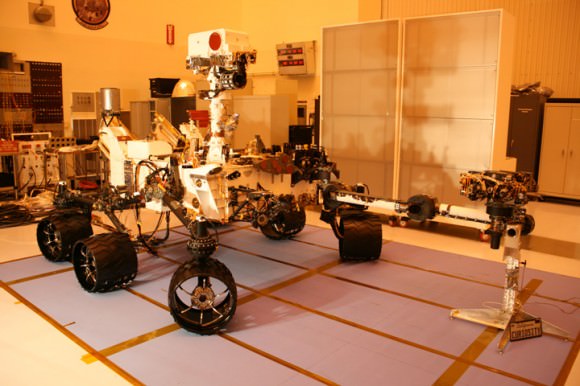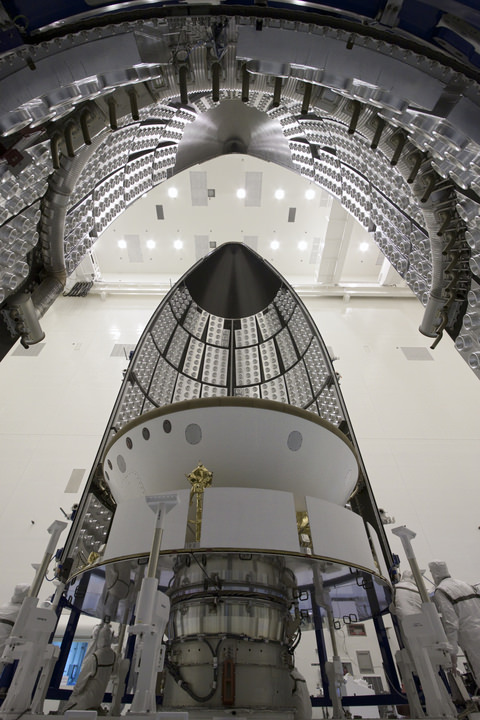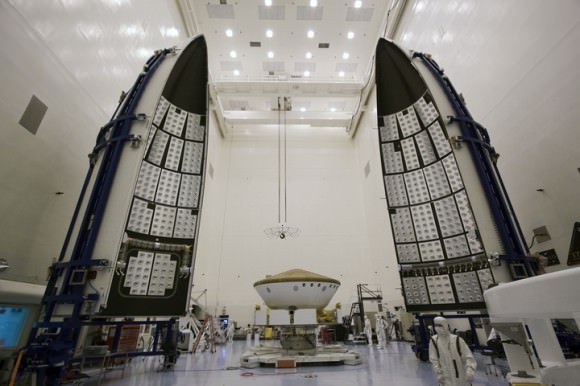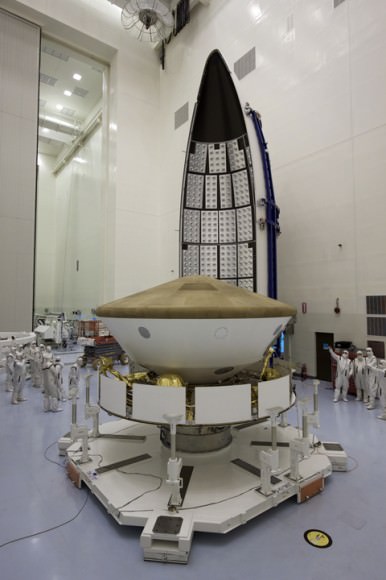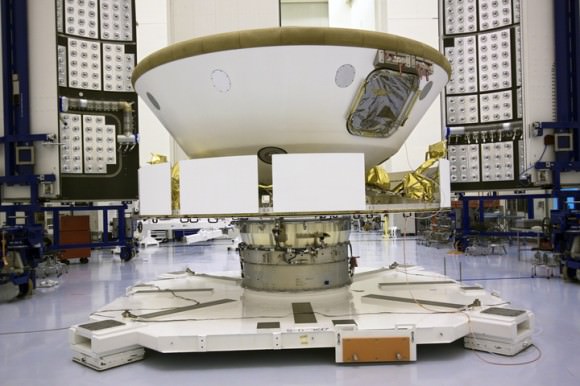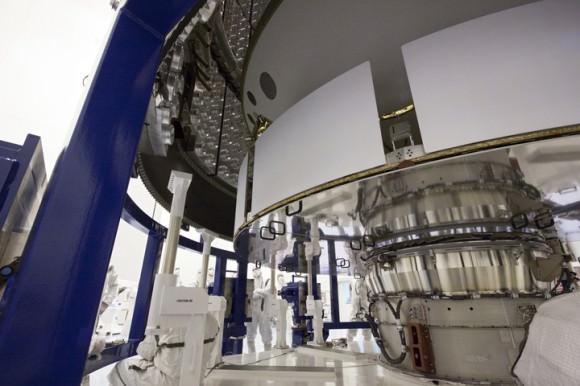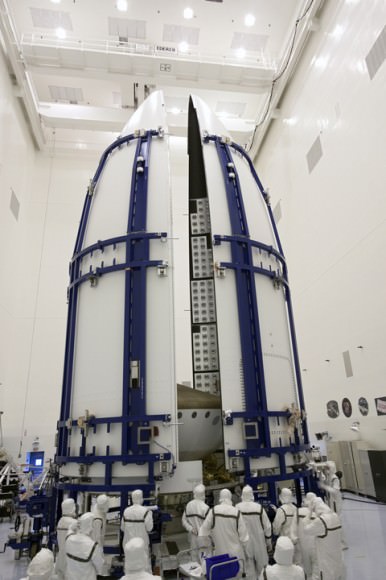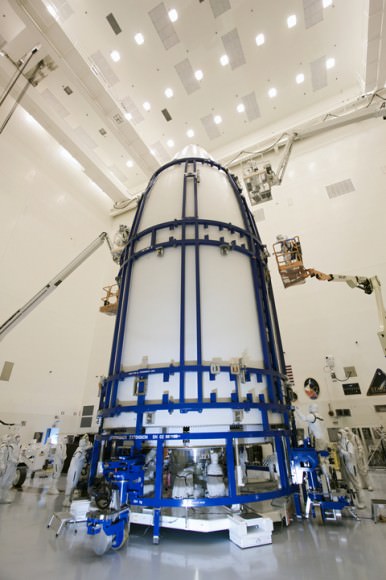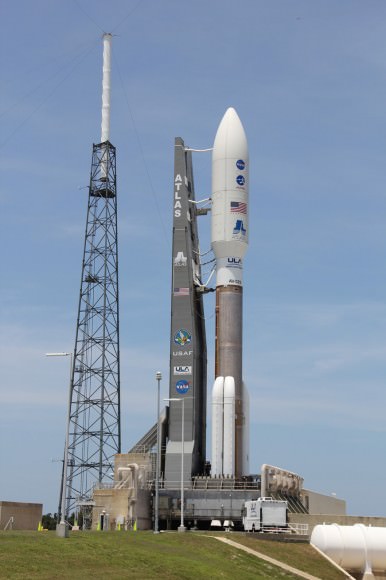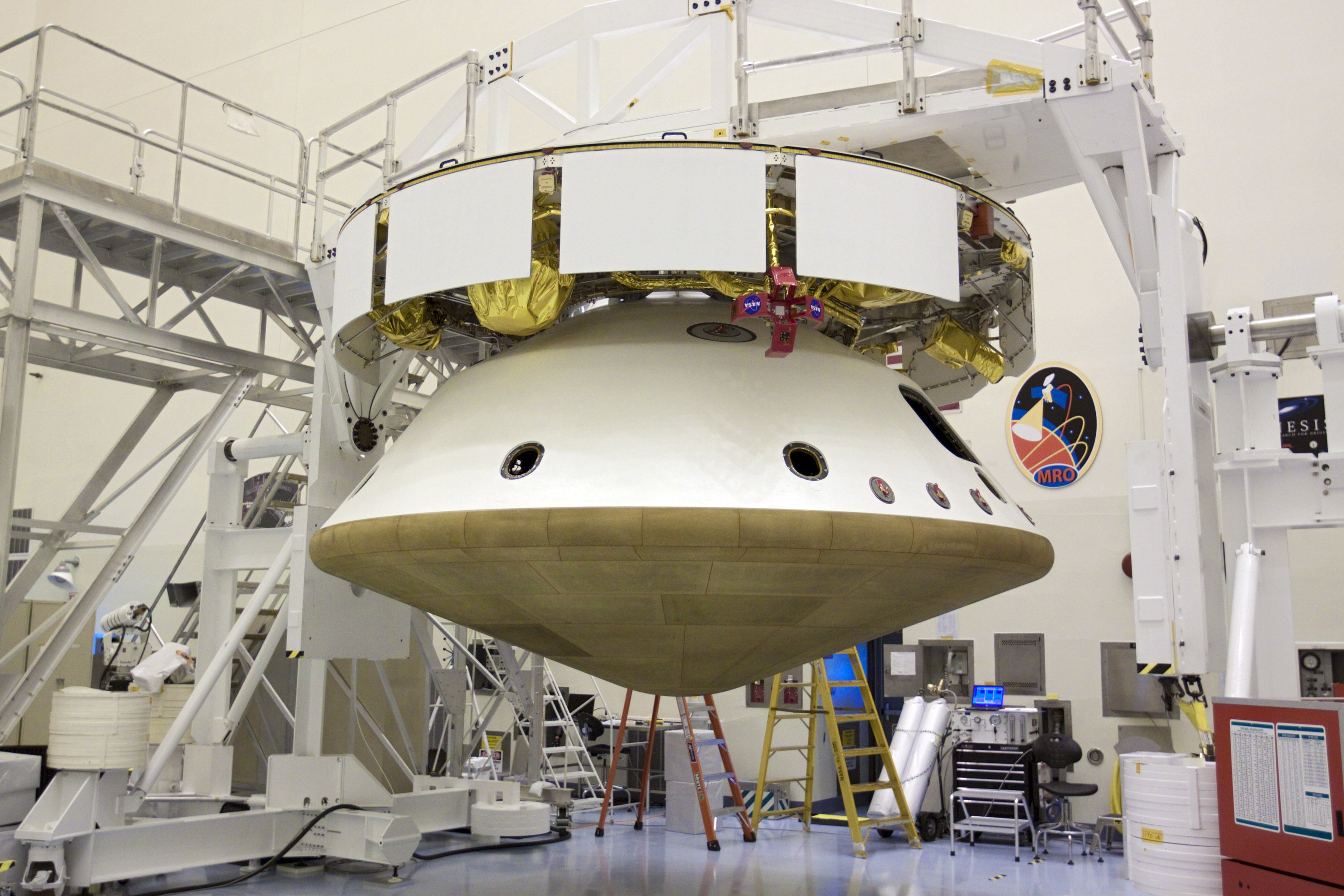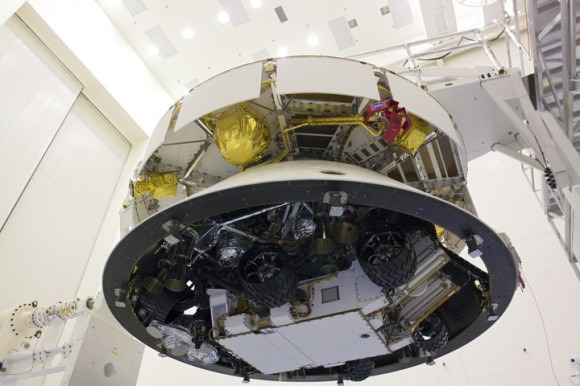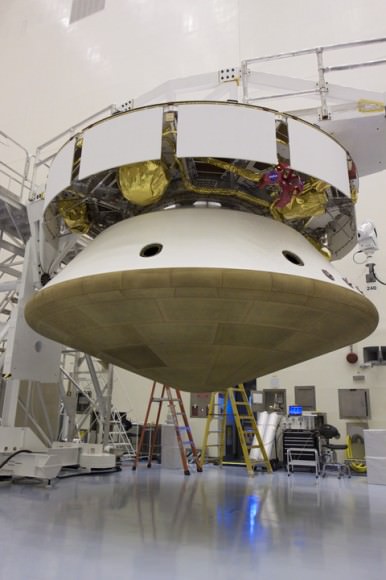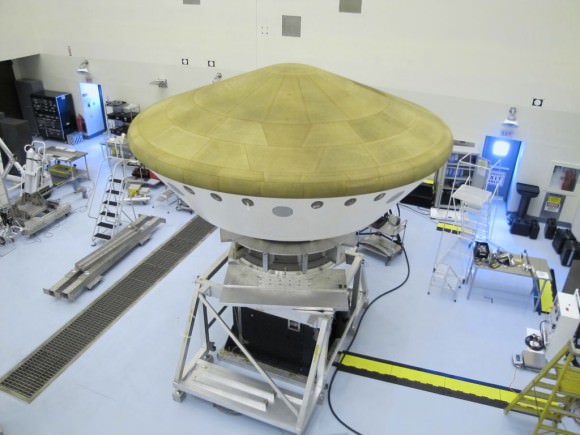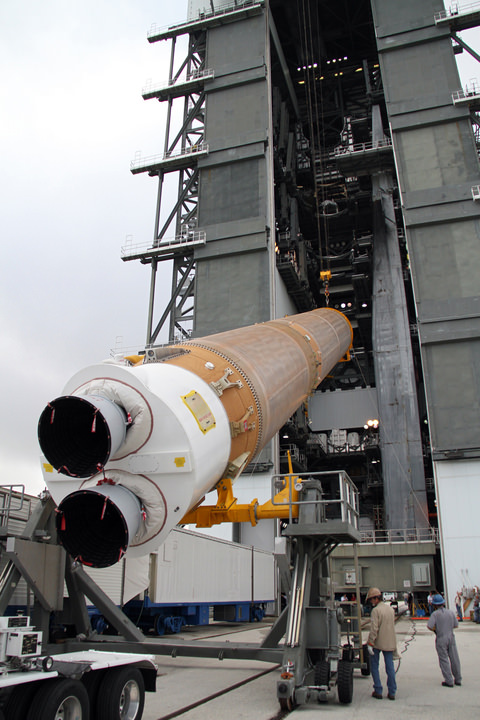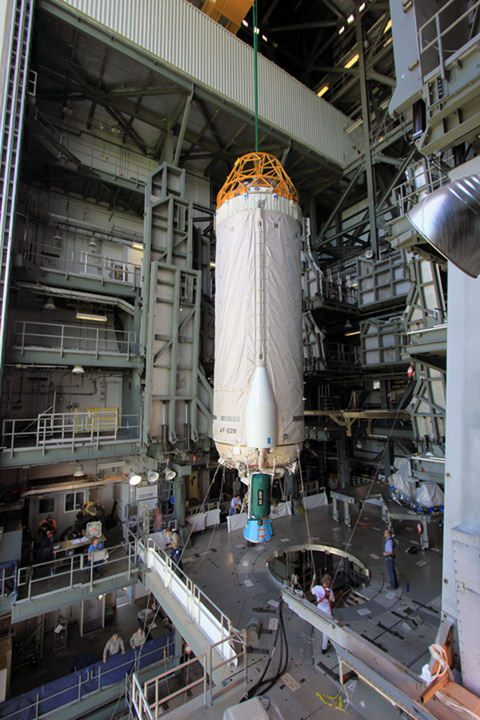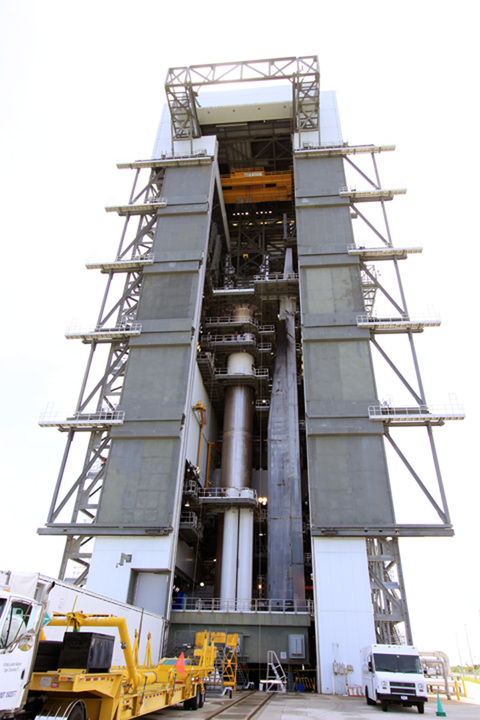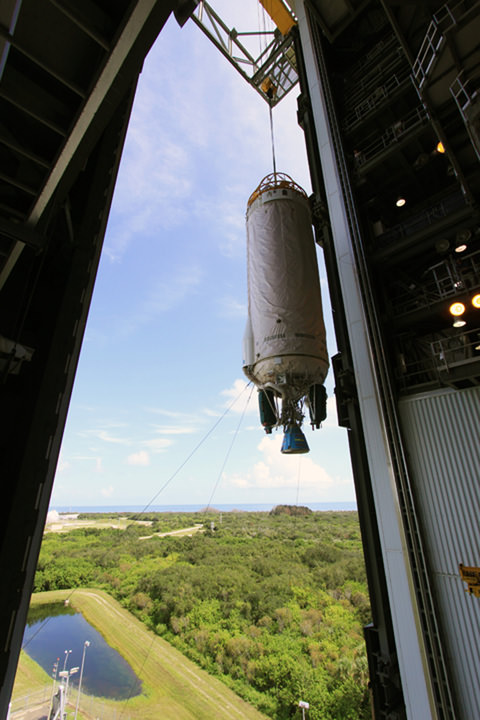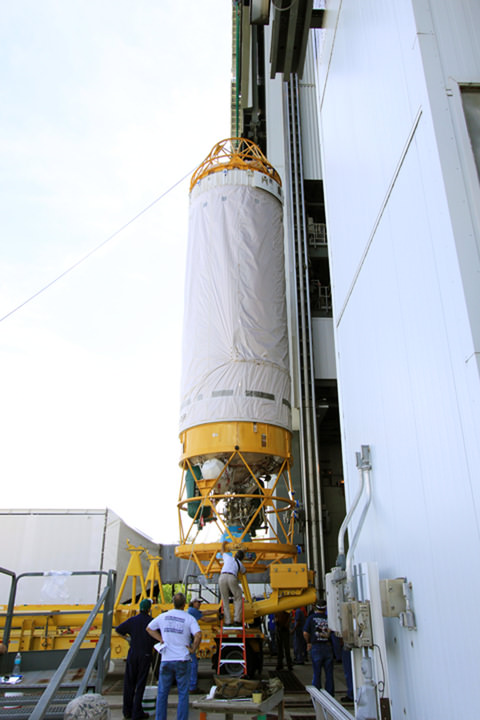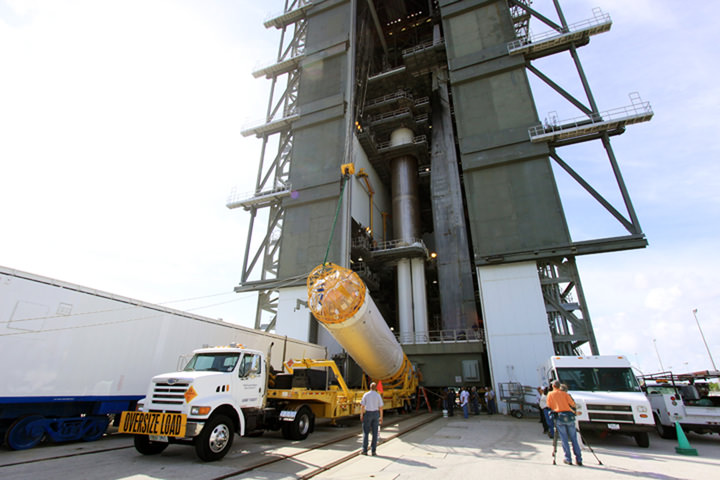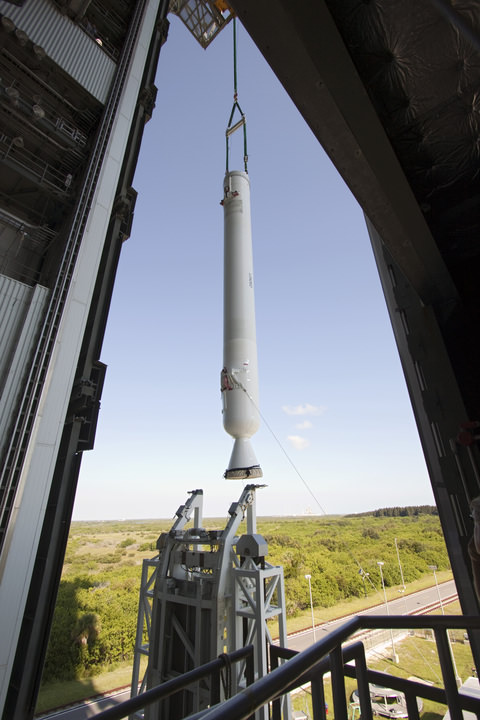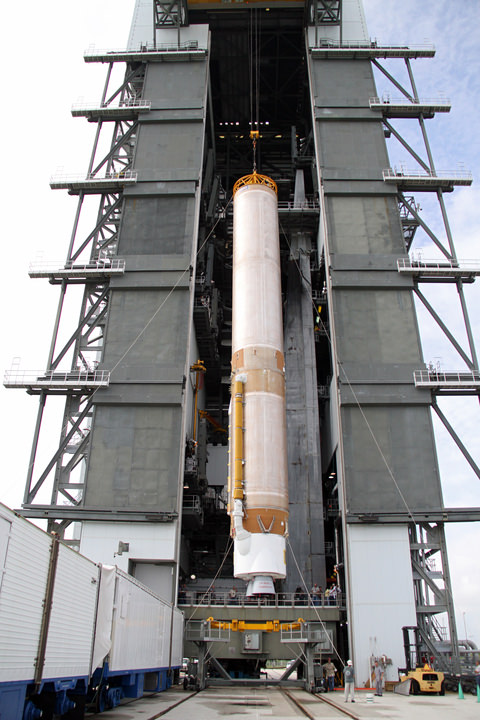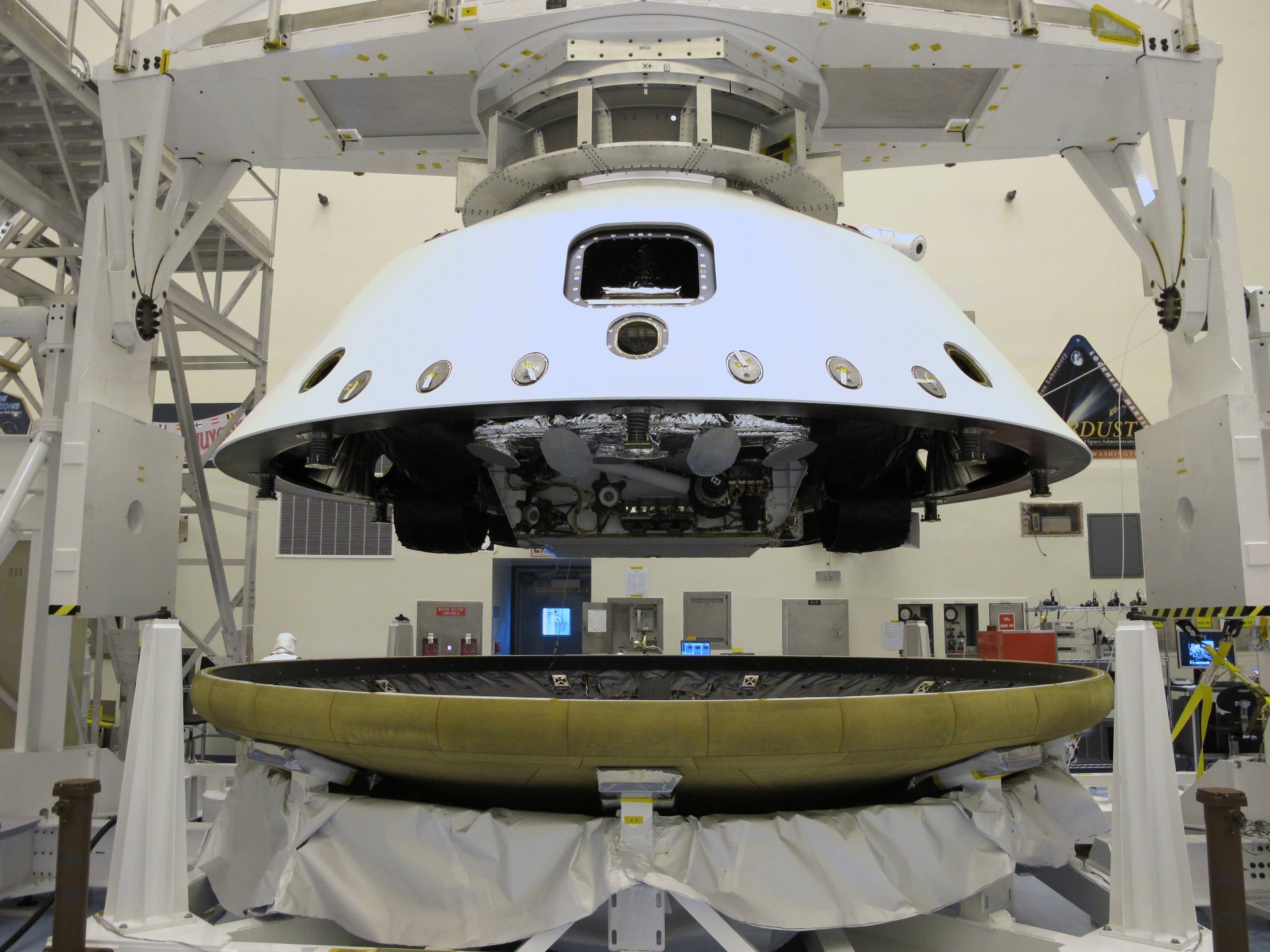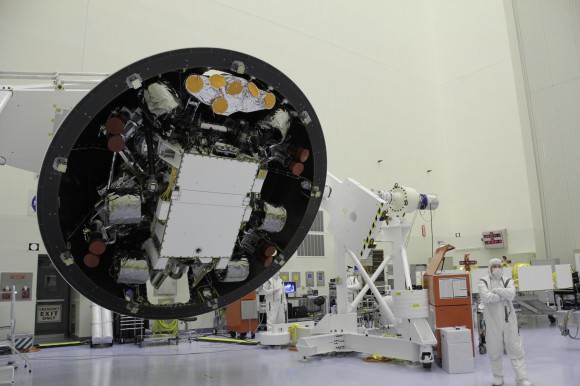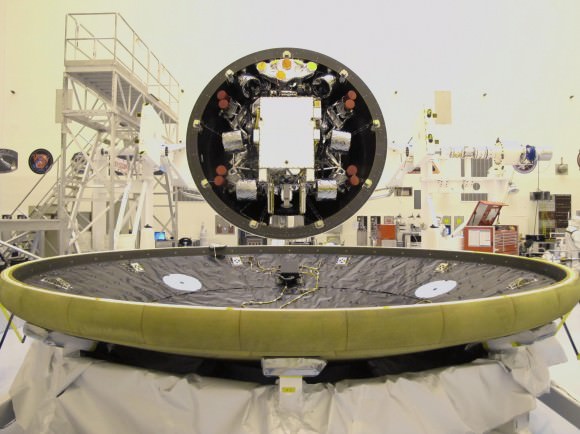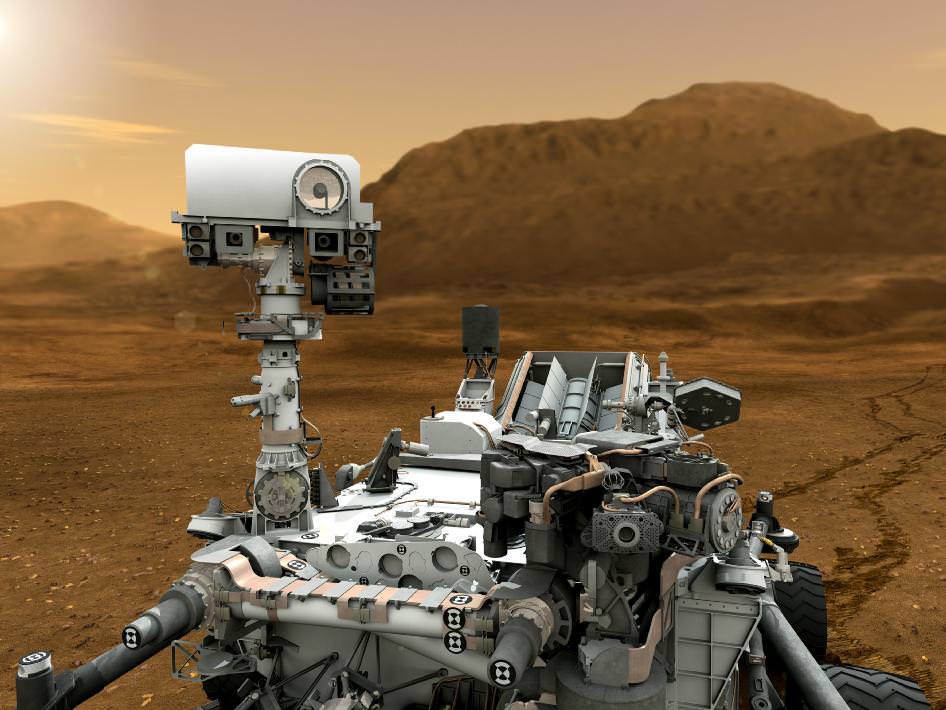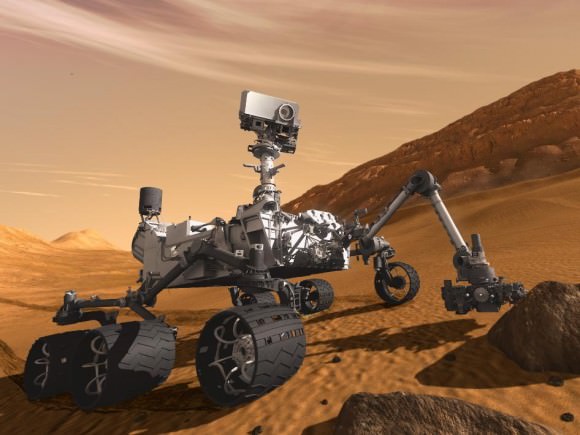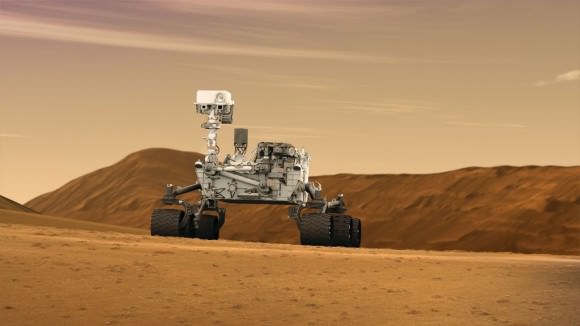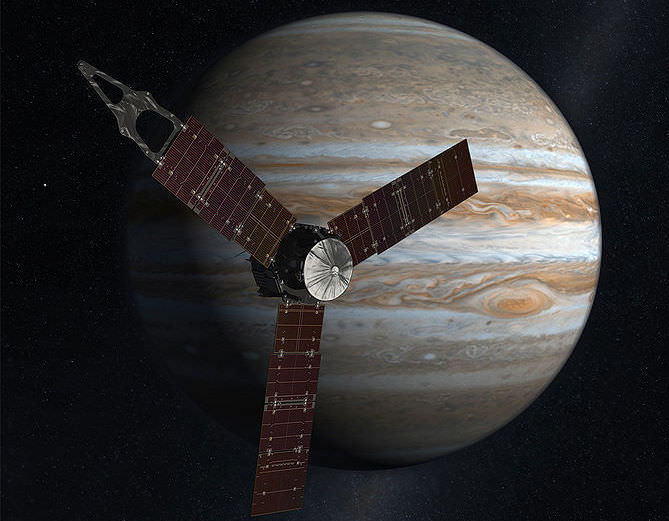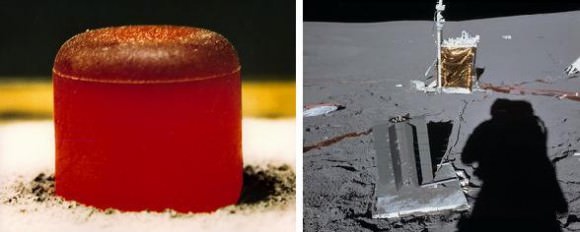[/caption]
Nov 19 Update: MSL launch delayed 24 h to Nov. 26 – details later
In just 7 days, Earth’s most advanced robotic roving emissary will liftoff from Florida on a fantastic journey to the Red Planet and the search for extraterrestrial life will take a quantum leap forward. Scientists are thrilled that the noble endeavor of the rover Curiosity is finally at hand after seven years of painstaking work.
NASA’s Curiosity Mars Science Laboratory (MSL) rover is vastly more capable than any other roving vehicle ever sent to the surface of another celestial body. Mars is the most Earth-like planet in our Solar System and a prime target to investigate for the genesis of life beyond our home planet.
Curiosity is all buttoned up inside an aeroshell at a seaside launch pad atop an Atlas V rocket and final preparations are underway at the Florida Space Coast leading to a morning liftoff at 10:25 a.m. EST on Nov. 25, the day after the Thanksgiving holiday.
“MSL is ready to go,” said Doug McCuistion, director of the Mars Exploration Program at NASA Headquarters in Washington, at a media briefing. “It’s a momentous occasion. We’re just thrilled that we’re at this point.”
“Curiosity is ‘Seeking the Signs of Life’, but is not a life detection mission. It is equipped with state-of-the-art science instruments.”
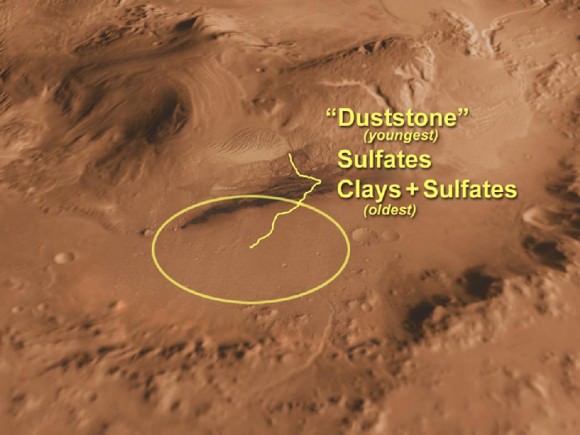
“It’s not your father’s rover. It’s a 2000 pound machine that’s over 6 feet tall – truly a wonder of engineering,” McCuistion stated.
“Curiosity is the best of US imagination and US innovation. And we have partners from France, Canada, Germany, Russia and Spain.”
“Curiosity sits squarely in the middle of our two decade long strategic plan of Mars exploration and will bridge the gap scientifically and technically from the past decade to the next decade.”
“Mars Science Laboratory builds upon the improved understanding about Mars gained from current and recent missions,” said McCuistion. “This mission advances technologies and science that will move us toward missions to return samples from and eventually send humans to Mars.”
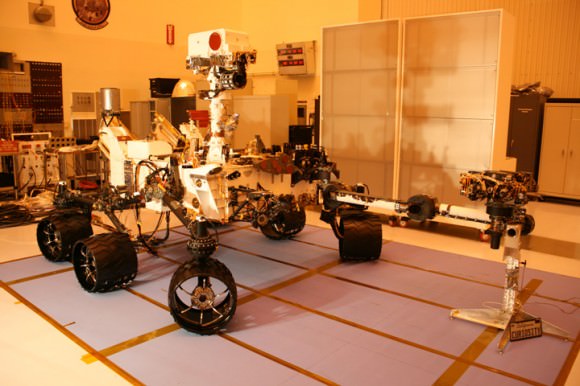
The car sized rover is due to arrive at Mars in August 2012 and land inside Gale Crater near the base of a towering and layered Martian mountain, some 5 kilometers (3 miles) high. Gale Crater is 154 km (96 mi) in diameter.
The landing site was chosen because it offers multiple locations with different types of geologic environments that are potentially habitable and may have preserved evidence about the development of microbial life, if it ever formed.
Gale Crater is believed to contain clays and hydrated minerals that formed in liquid water eons ago and over billions of years in time. Water is an essential prerequisite for the genesis of life as we know it.
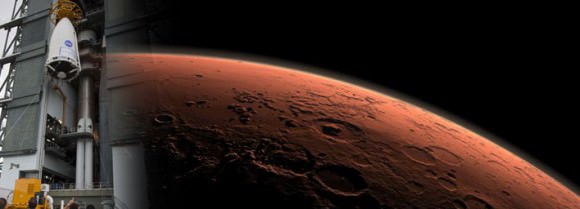
The one ton robot is a behemoth, measuring 3 meters (10 ft) in length and is nearly twice the size and five times as heavy as NASA’s prior set of twin rovers – Spirit and Opportunity.
Curiosity is equipped with a powerful array of 10 science instruments weighing 15 times as much as its predecessor’s science payloads. The rover can search for the ingredients of life including water and the organic molecules that we are all made of.
Curiosity will embark on a minimum two year expedition across the craters highly varied terrain, collecting and analyzing rock and soil samples in a way that’s never been done before beyond Earth.
Eventually our emissary will approach the foothills and climb the Martian mountain in search of hitherto untouched minerals and habitable environments that could potentially have supported life’s genesis.
With each science mission, NASA seeks to take a leap forward in capability and technology to vastly enhance the science return – not just to repeat past missions. MSL is no exception.
Watch a dramatic action packed animation of the landing and exploration here:
Curiosity was designed at the start to be vastly more capable than any prior surface robotic explorer, said Ashwin Vasavada, Curiosity’s Deputy Project Scientist at NASA’s Jet Propulsion Laboratory in Pasadena, Calif
“This is a Mars scientist’s dream machine.”
Therefore this mission uses new technologies to enable the landing of a heavier science payload and is inherently risky. The one ton weight is far too heavy to employ the air-bag cushioned touchdown system used for Spirit and Opportunity and will use a new landing method instead.
Curiosity will pioneer an unprecedented new precision landing technique as it dives through the Martian atmosphere named the “sky-crane”. In the final stages of touchdown, a rocket-powered descent stage will fire thusters to slow the descent and then lower the rover on a tether like a kind of sky-crane and then safely set Curiosity down onto the ground.
NASA has about three weeks to get Curiosity off the ground from Space Launch Complex 41 at Cape Canaveral Air Force Station in Florida before the planetary alignments change and the launch window to Mars closes for another 26 months.
“Preparations are on track for launching at our first opportunity,” said Pete Theisinger, MSL project manager at NASA’s Jet Propulsion Laboratory (JPL) in Pasadena, Calif. “If weather or other factors prevent launching then, we have more opportunities through Dec. 18.”
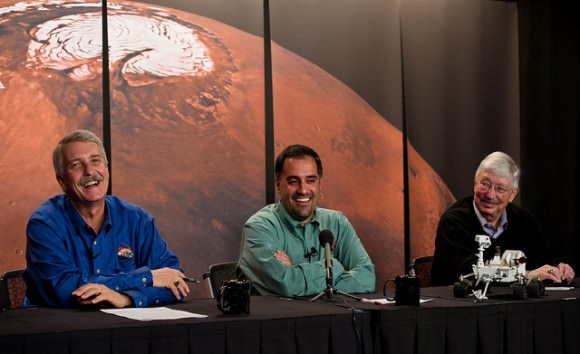
Complete Coverage of Curiosity – NASA’s Next Mars Rover launching 25 Nov. 2011
Read continuing features about Curiosity by Ken Kremer starting here:
Curiosity Rover Bolted to Atlas Rocket – In Search of Martian Microbial Habitats
Closing the Clamshell on a Martian Curiosity
Curiosity Buttoned Up for Martian Voyage in Search of Life’s Ingredients
Assembling Curiosity’s Rocket to Mars
Encapsulating Curiosity for Martian Flight Test
Dramatic New NASA Animation Depicts Next Mars Rover in Action


